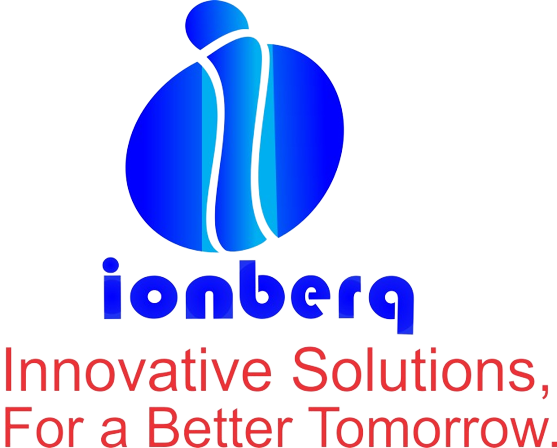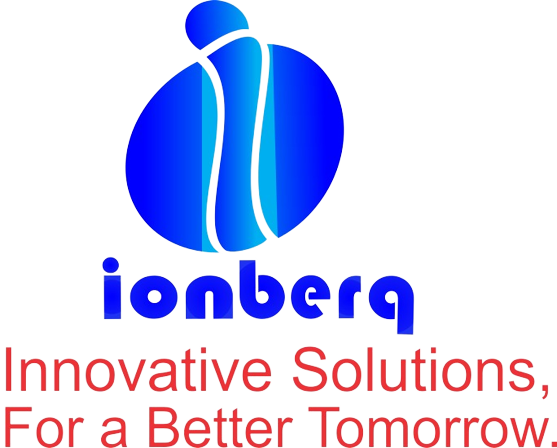Sequencing Batch Reactor
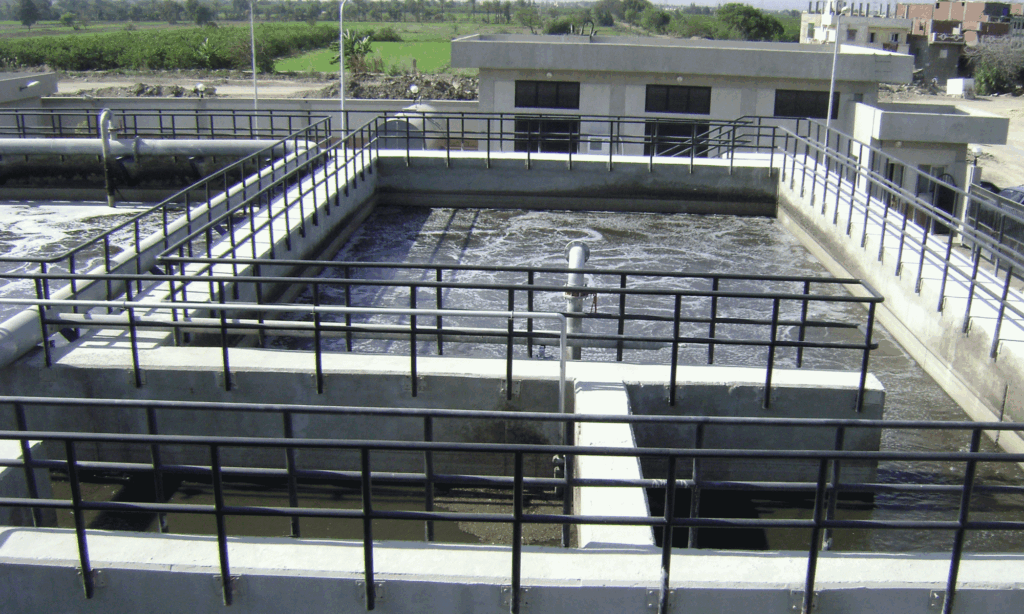
Sequencing Batch Reactor
The Sequencing Batch Reactor (SBR) is an activated sludge process designed to operate under non-steady state conditions. An SBR operates in a true batch mode with aeration and sludge settlement both occurring in the same tank. The major differences between SBR and conventional continuous-flow, activated sludge system is that the SBR tank carries out the functions of equalization aeration and sedimentation in a time sequence rather than in the conventional space sequence of continuous-flow systems. In addition, the SBR system can be designed with the ability to treat a wide range of influent volumes whereas the continuous system is based upon a fixed influent flowrate. Thus, there is a degree of flexibility associated with working in a time rather than in a space sequence [1]. SBRs produce sludges with good settling properties providing the influent wastewater is admitted into the aeration in a controlled manner. Controls range from a simplified float and timer based system with a PLC to a PC based SCADA system with color graphics using either flow proportional aeration or dissolved oxygen controlled aeration to reduce aeration to reduce energy consumption and enhance the selective pressures for BOD, nutrient removal, and control of filaments [1]. An appropriately designed SBR process is a unique combination of equipment and software. Working with automated control reduces the number of operator skill and attention requirement.
Process
The majority of the aeration equipment of sequencing batch reactors consist of jet, fine bubble, and coarse bubble aeration systems. The main focus of this report is a jet aerated sequencing batch reactor activated sludge system.Sequencing Batch Reactor Process Cycles The operating principles of a batch activated sludge process, or SBR, are characterized in six discrete periods:| 1. | Anoxic Fill |
| 2. | Aerated Fill |
| 3. | React |
| 4. | Settle |
| 5. | Decant |
| 6. | Idle. |
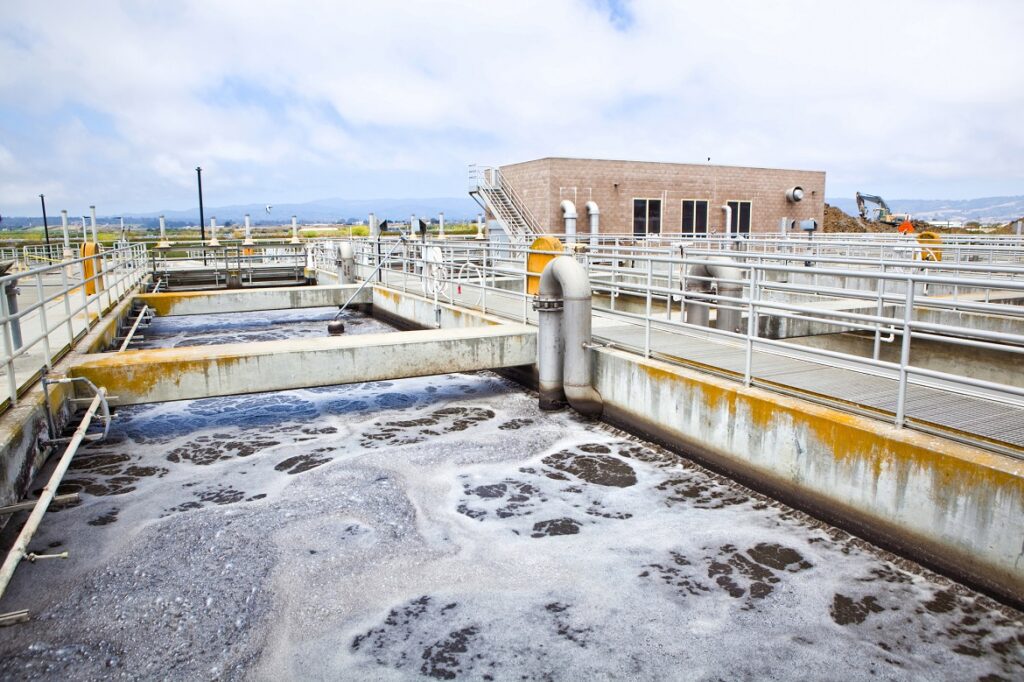
Process
The majority of the aeration equipment of sequencing batch reactors consist of jet, fine bubble, and coarse bubble aeration systems. The main focus of this report is a jet aerated sequencing batch reactor activated sludge system.Sequencing Batch Reactor Process Cycles The operating principles of a batch activated sludge process, or SBR, are characterized in six discrete periods:| 1. | Anoxic Fill |
| 2. | Aerated Fill |
| 3. | React |
| 4. | Settle |
| 5. | Decant |
| 6. | Idle. |

Flow Chart of Membrane Sequence Batch Reactor
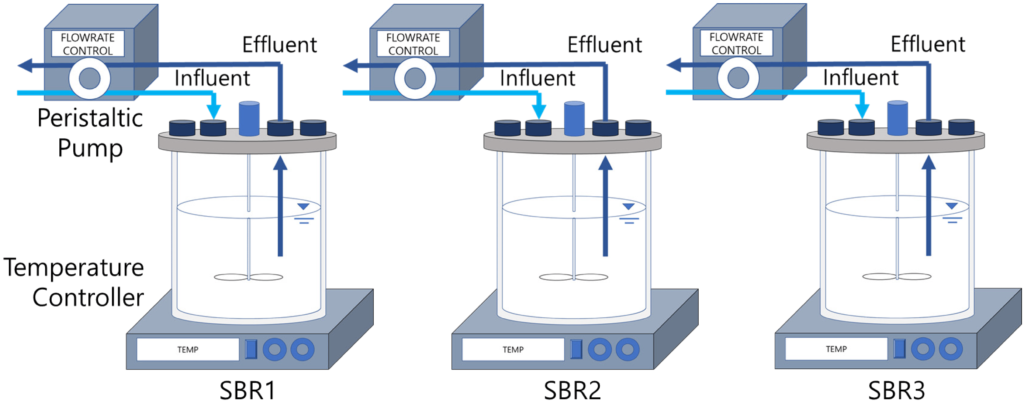
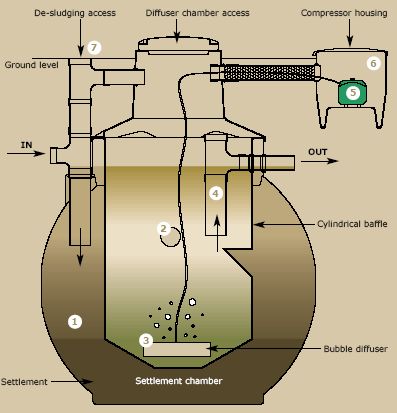
Features of Ionberg SBR
| Constant water level | |
| Continuous flow | |
| Simple operation | |
| Superior performance even in low-strength, low-temperature wastewaters common | |
| Adept at processing high-peak hydraulic flows due to storm events | |
| Quiescent settling prior to clarification phase | |
| Optimized, enhanced biological nutrient removal |
Advantages of Ionberg SBR
| No need for separate structures | |
| Unique flow through system | |
| Basin configuration optimized | |
| Existing aeration equipment can be used | |
| Fully automated control system | |
| Better sludge flocculation; no sludge collection mechanisms | |
| Low TSS discharge; effective nitrification, denitrification and phosphorus removal |
Advantages of Ionberg SBR
| No need for separate structures | |
| Unique flow through system | |
| Basin configuration optimized | |
| Existing aeration equipment can be used | |
| Fully automated control system | |
| Better sludge flocculation; no sludge collection mechanisms | |
| Low TSS discharge; effective nitrification, denitrification and phosphorus removal |
